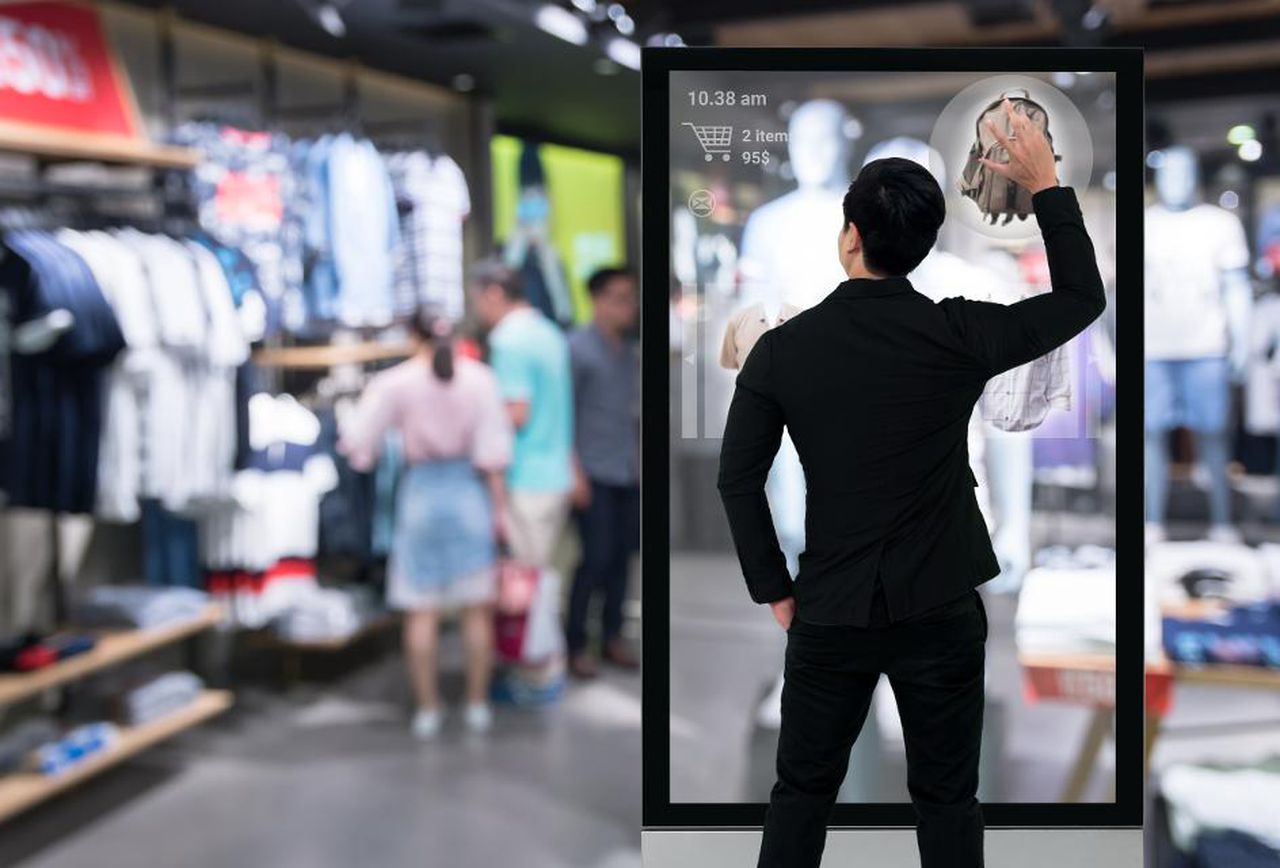
Originally published on www.wearemarketing.com
Using 'phygital' to connect the online and offline worlds will allow you to create closer, more efficient, and human customer experiences.
We're living in the digital era, and it's no longer deemed bizarre to buy all kinds of products on the internet. According to the IAB Spain 2018 e-commerce study, at least seven out of every ten internet users buys online. Despite this near-ubiquity, 22% of users miss the physical interaction, so they will end up browsing online and then make their purchase in a brick-and-mortar retailer. With this in mind, there’s a new concept take seeks to marry the best from e-commerce and the best from retail stores: phygital. This was the overarching theme during the 5th DEC International Customer Experience Conference.
What is phygital?
Phygital marries both the online and offline environments by trying to take the best aspects from each space to create a much more complete and satisfying customer experience. This phenomenon distinguishes itself with its multichannel focus where the consumer's purchasing process is fluid and familiar.
The user browses and buys, but they also feel; this is why, despite the fact we can get just about anything we desire using our smartphones, 22% of consumers still prefer to conclude their purchasing project in a brick-and-mortar store. The opposite also occurs: How many times do we go into a store to see, touch, or try on an item that we later order online? Interpersonal interactions continue to be a critical and highly-valued element for customers, implying that the physical and emotional component of making purchases should always be there.
Phygital takes the best components from the digital retail experience like immediacy, immersion, and speed and the chance to interact with people, the product, and more that you get from a brick-and-mortar retail experience. This is the best way to satisfy a consumer that is demanding, hyper-connected, and is looking to meet their needs through multiple platforms. The demographics that best fit the bill for the ideal consumers of phygital experiences are Millennials and Generation Z.

We’re in the face of a new type of shopping experience where the line between the online and offline world gets blurry; they are now interconnected and depend on each, leading us to now having not to run two parallel strategies. There's only one consumer, and they can interact in both spaces indiscriminately.
An obvious example of this marriage of online and offline is the Amazon Go grocery store (still in beta stages) where a customer scans a code with their smartphone, picks up the products they wish, and then leaves the store without passing through the traditional checkout line. Instead, they'll get an electronic receipt detailing the amount Amazon will charge to their account.
How can we make the phygital user experience a reality?
Phygital focuses on making the “three I's” a reality: immediacy, immersion, and interaction. Here's what each entails:
- Immediacy: works to ensure things happen at an exact moment in time
- Immersion: the user is part of the experience.
- Interaction: generation of communication which is needed to activate the more physical and emotional part of the purchasing process.
To achieve a genuinely phygital experience, it's critical that there is technology that facilitates the introduction of the immediacy or immersion, and on the other hand, the interaction that the digital realm lacks by nature gets introduced.
These three conditions applied to phygital make the consumer feel more connected to the brand, generate trust, reinforcement empathy, and improve the user experience.
To give a clearer idea of how this works in practice, here are two real-life examples:
Rebecca Minkoff
This fashion brand is using technology in some of its retail stores to transform their customers’ experience. Shoppers can choose the items they want to try on by using touchscreens placed throughout the store. When they’re ready, they’ll get a message on their phone with the fitting room number, where they’ll find all the items they requested. But what happens if they need a bigger size? Every fitting room has a screen where they can request another size without having to look for it on the floor on their own or have to ask a Sales Associate to bring it. This video goes through a demo of how their connected store works:
Kentucky Fried Chicken
In China, this fast-food chain installed smart screens that cater to diners using facial recognition technology and artificial intelligence to offer them personalized offers. These screens allow them to order and pay.

Both brands have figured out how to complete the in-store experience using technology to satisfy a more demanding and connected clientele.
Black Friday Experience
This kind of strategies has excellent potential for two of the most critical retail days on the calendar at the end of November: Black Friday and Cyber Monday. Both days see spikes in the number of online purchases. Last year's Black Friday saw a 447% increase in sales compared to any other day the month before.
It's also true that users are willing to buy anytime, anywhere. Nonetheless, retailers should see this as an opportunity to create a different and attractive customer experience rather than as a challenge to overcome. As a brand, you can give phygital a spin to create a campaign that makes the consumer choose you and remember the moment they make their purchase.
Final Thoughts
Use a phygital strategy to connect your consumer’s online and offline experience to make sure they can move between them with ease. Creating more human interactions will boost their sentiment towards the brand, and in turn, sales.
Remember that customers look for connected experiences where the physical and digital coexist in the same customer journey. We're no longer just talking about the digital experience; instead, we're talking about the customer experience. And that is the objective of a successful strategy.
